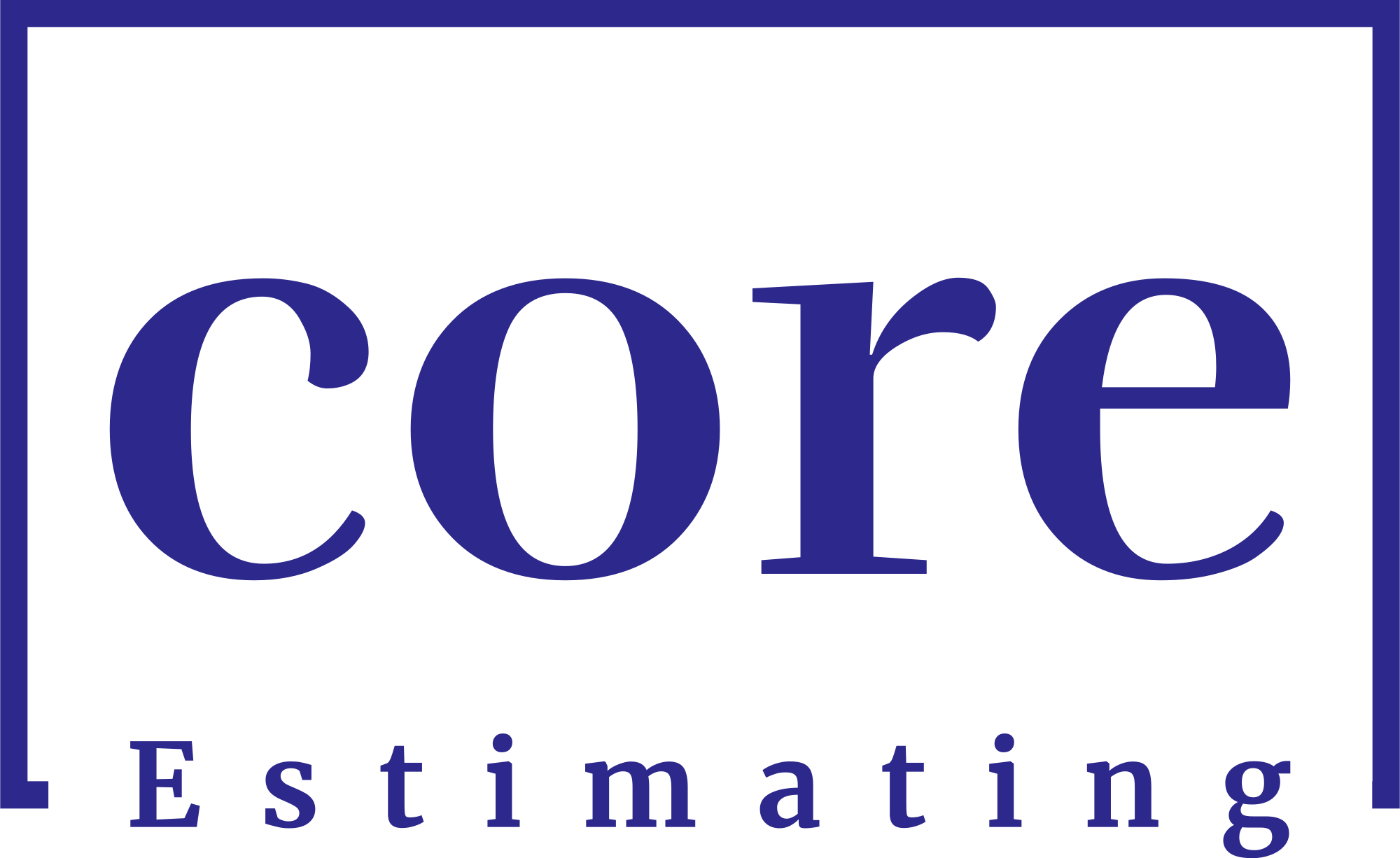Estimating the level of detail in a project is a critical aspect of effective project management. Accurate estimates are essential for successful project execution, resource allocation, and overall project planning. However, there are misconceptions and misunderstandings about the level of detail estimates should contain. In this article, we’ll explore the nuances of project estimation and debunk common misconceptions surrounding it.
Accurate project estimates serve as a roadmap for successful project execution. They provide valuable insights into resource requirements, timelines, and potential challenges. However, there are several misconceptions that can hinder the estimation process and ultimately affect project outcomes.
If you’re in need of construction estimate services, simply go to homepage or follow the links below:
| Services | Links |
|---|---|
| Detailing Services | Link |
| Building Information Modeling | Link |
| General Contractor | Link |
| Subcontractors | Link |
| MEP | Link |
Importance of Detailed Estimates
Detailed estimates are the foundation of effective project planning. They offer a clear understanding of the scope, resources, and potential risks involved in a project. Without accurate estimates, project managers may struggle to allocate resources efficiently, leading to delays, budget overruns, and even project failure.
Misconceptions About Level of Detail
Misconception 1: Overestimation is Safer
Contrary to popular belief, overestimating project requirements doesn’t necessarily make a project safer. While it’s important to account for uncertainties, excessively high estimates can lead to unnecessary resource allocation, budget constraints, and missed opportunities.
Misconception 2: Estimates Should Include All Possible Scenarios
It’s a common misconception that estimates should consider every possible scenario. In reality, attempting to include every scenario can lead to analysis paralysis and hinder decision-making. Instead, estimates should focus on likely scenarios while allowing room for adjustments.
Misconception 3: Detailed Estimates Are Time-Consuming
Some believe that creating detailed estimates is a time-consuming process that slows down project initiation. However, investing time in accurate estimation upfront can save significant time and resources in the long run by preventing scope changes and rework.
Misconception 4: Estimates Are Set in Stone
Estimates should not be treated as rigid constraints. Projects are dynamic, and adjustments are often necessary as new information becomes available. Flexibility in estimates allows project teams to adapt to changing circumstances and make informed decisions.
Misconception 5: Estimates Can Be Ignored After Initial Planning
Estimates should be continuously monitored and updated throughout the project lifecycle. Ignoring estimates after initial planning can lead to deviations from the intended course, making it challenging to manage scope, timelines, and budgets effectively.
What Should Detailed Estimates Contain?
Factors Influencing Level of Detail
The level of detail in estimates depends on various factors, including project complexity, industry standards, stakeholder expectations, and available data. Tailoring the level of detail to these factors ensures that estimates are relevant and useful.
Components of Comprehensive Estimates
Comprehensive estimates should include:
- Scope Definition: Clearly outline the project scope and objectives.
- Resource Requirements: Identify the types and quantities of resources needed.
- Task Breakdown: Break the project into manageable tasks with estimated effort and dependencies.
- Risk Assessment: Evaluate potential risks and uncertainties that may impact the project.
- Timeline and Milestones: Define a realistic timeline with key milestones and deadlines.
Balancing Detail and Flexibility
Striking the right balance between detail and flexibility is crucial. While detailed estimates provide clarity, they should also allow for adjustments as the project evolves. This ensures that the project remains adaptable to changing circumstances without compromising on accountability.
Benefits of Accurate Estimates
Accurate estimates offer several benefits:
- Effective Resource Allocation: Helps allocate resources efficiently based on project requirements.
- Realistic Planning: Enables realistic project planning and goal setting.
- Risk Management: Identifies potential risks and allows proactive risk mitigation.
- Stakeholder Communication: Facilitates transparent communication with stakeholders about project expectations.
Conclusion
In conclusion, the level of detail in project estimates should strike a balance between clarity and flexibility. Misconceptions such as overestimation as a safety net or the need to consider all scenarios can hinder accurate estimation. Comprehensive estimates that consider scope, resources, tasks, risks, and timelines are essential for successful project execution.






